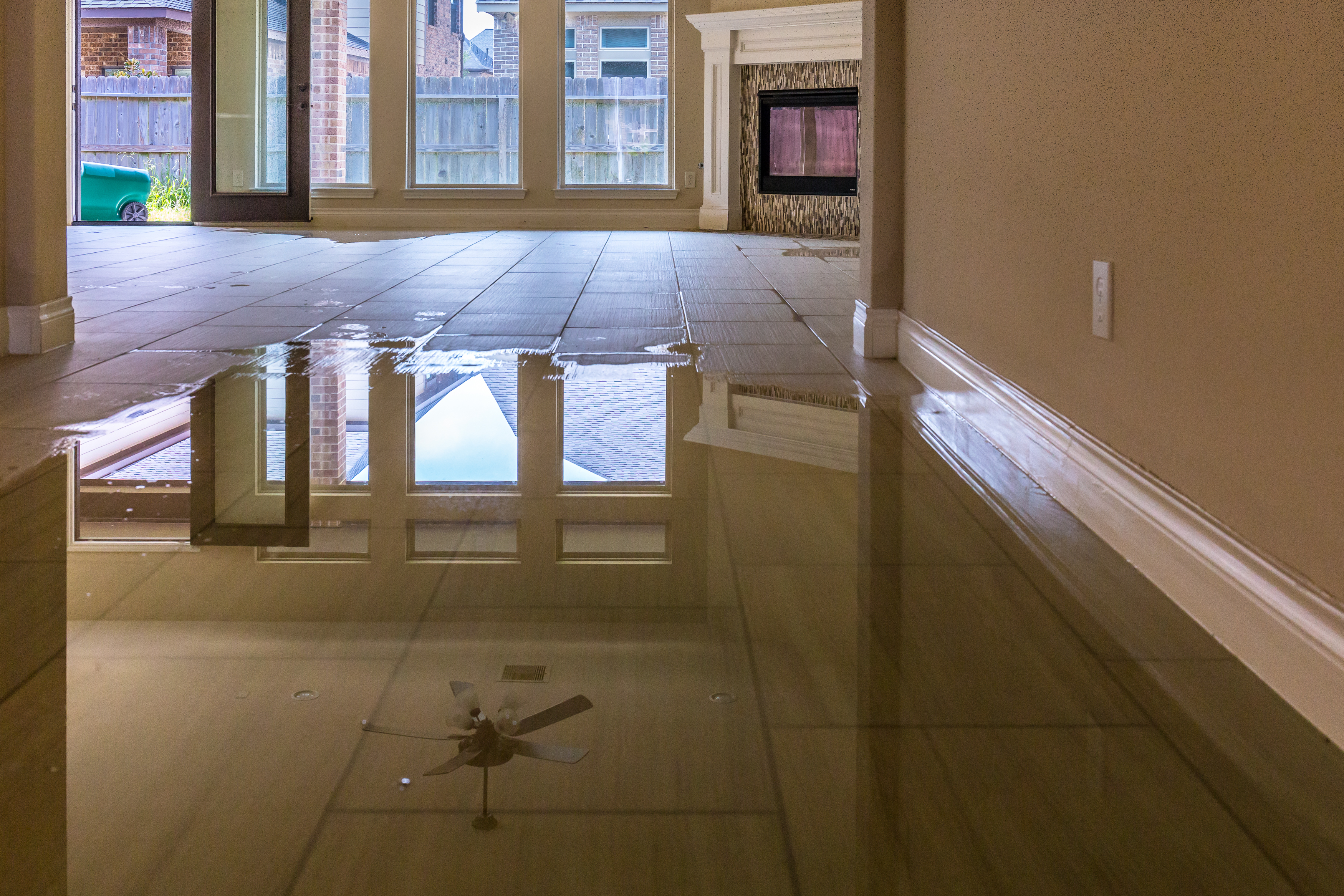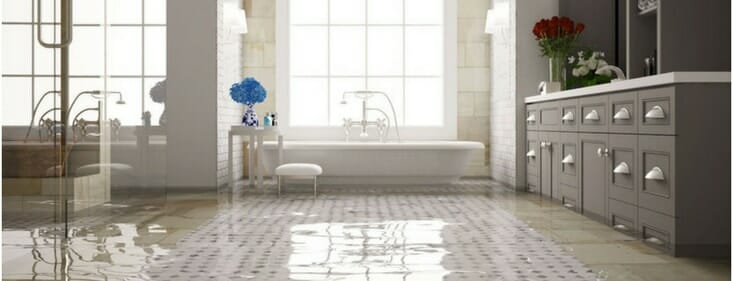Just how to avoid a Water Damaged Bathroom
Just how to avoid a Water Damaged Bathroom
Blog Article
They are making a few good points on the subject of Looking for Signs of Water Damage in the Bathroom in general in this post directly below.

The restroom is incredibly vulnerable for moist accumulation and possible water damages as a result of the constant use water in it. This post provides easy evaluation techniques to help detecting water damages risks.
The constant use of water in the washroom makes it extremely susceptible for wet accumulation as well as possible water damages. By evaluating it routinely, you can reduce water related problems.
The adhering to collection of inspections is easy to perform and should be done once in every three months in order to maintain your washroom healthy and also to prevent potential water damages caused by the tub, the shower, pipe joints as well as plumbing, sinks, closets, and also the commode
Do not forget carrying out these examinations as well as be complete while doing them. Bear in mind that these basic assessments can save you a lot of money by providing very early signs for water damage
Sinks and Cabinets
Sinks and also cabinets are exposed to wetness and also humidity everyday and are frequently ignored. Inspect routinely under the sink and on the counter top over it. Fix any drip in the catch as it might suggest drain troubles. Browse the sink, slow draining pipes might suggest a blocked drainpipe. Change sink seals if they are broken or loose.
Bath tub as well as Shower
The shower and bath tub need special focus as well as maintenance. Check the floor tiles as well as replace if fractured. Make certain that there is no missing cement in between the tiles. Evaluate as well as replace fractured caulking at joints where the walls meet the floor or the bathtub. Obstructed drains and also pipelines troubles will avoid the bathtub from drying out and might suggest serious issues beneath the tub. Consult with a specialist instantly to stop structural damages. Take note of stainings or soft areas around the tub walls as they may show an interior leakage.
Plumbing
Signs for water damage are tough to discover since many pipelines are mounted inside the walls.
Pay special focus to floor covering as well as walls moisture as well as discolorations as they may suggest an invisible plumbing issue. Examine dampness levels in adjoining spaces too.
The Toilet
The toilet is a prone water joint. Check the water lines as well as search for leakages around the commode seat, in the hose, as well as under the water storage tank. If you find any kind of signs of dampness on the floor around the toilet, check for leakages in the toilet edge and also tank seals.
Understand that hanging bathroom dish antiperspirants increases the chances for obstructions.
TIPS TO PREVENT WATER DAMAGE IN THE BATHROOM
The average household uses approximately 80-100 gallons of water per person per day. For a family of 4, that's almost 2,500 gallons of water a week! The largest portion of this consumption comes from bathroom use. Flushing the toilet uses the most water, followed by taking a shower or bath. With that much water running through the home, water damage in the bathroom is bound to happen. Knowing how to spot signs of a water leak is essential to preventing long-term damage. This guide provides you with tips to reduce the impact of water damage on your bathroom.
CAUSES OF BATHROOM WATER DAMAGE
Pipe breaks are the most common cause of water damage we see in our daily jobs. The age of a pipe plays a large role in a pipe break as well as corrosion. Over time, the metal begins to break down, allowing water to escape. Frozen pipe breaks are also a concern in the winter months. Toilet overflows caused by paper products or children flushing inappropriate items. Degraded caulking around the toilet or bathtub can allow water seepage, sometimes behind the fixture, into the subfloor or walls. Condensation forms when the water in a pipe is cooler than the air temperature. Beads of water form on the exterior of the pipes, sometimes so much so that the water begins to drip and pool below. Sink or shower backups created by poor drainage. HOW TO PREVENT WATER DAMAGE IN YOUR BATHROOM
Inspect your toilet supply line for worn or frayed hoses and replace them as needed. Winterize your plumbing to prevent a frozen pipe break. Use vent fans to prevent condensation that can lead to mold growth. Routinely check and replace degraded caulking around your toilet or bathtub. Increase the temperature in your toilet tank and insulate your pipes during the warm summer months to keep condensation from forming. Use child safety locks on the toilets. Flush only toilet paper. "Flushable" wet wipes are actually not good for your plumbing system. Additionally, feminine hygiene products should not be flushed. Prevent water from escaping the tub or shower. Make sure shower curtains are in good condition. Inspect shower doors and replace the seal strip if necessary. Wipe up any water that accumulates on the floor and use bath mats. Water left to sit can cause damage to the tiles and flooring. Refrain from using bath products containing heavy oils to avoid a clogged drain.

As a passionate person who reads on Preventing Water Damage in the Bathroom, I think sharing that excerpt was a good idea. Sharing is caring. Helping people is fun. Thanks so much for taking the time to read it.
Get An Estimate Report this page